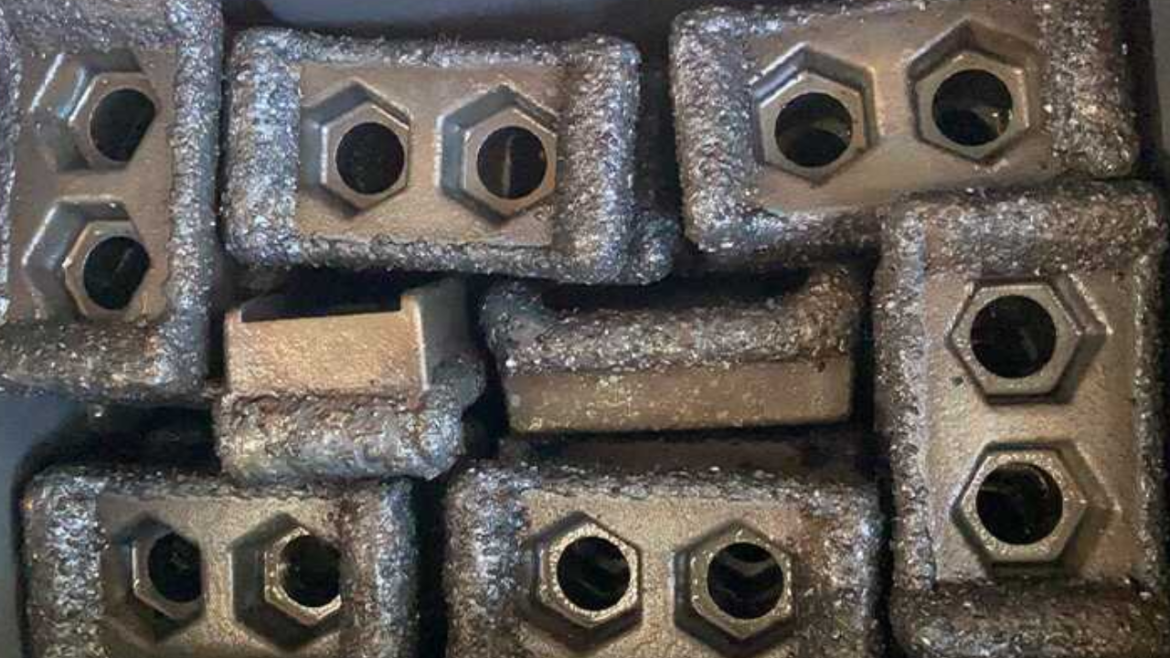Mulcher teeth and flail mower hammers are key tools for field cleaning, plant control, and agricultural programs. For mulching and flail mowing machines, these reducing agents are essential because they enable effective shredding and grinding of various materials, such as wood, branches, grass, and crop remainders.
Mulcher teeth, also known as mulcher bits or teeth inserts, are the cutting components fastened to the mulching rotor. The workmanship and design of the mulcher teeth have an important effect on the machine’s effectiveness and the outstanding quality of the fabric mulched. JYF provides more items… including stump grinder and mulcher teeth.
How to Make a Stump Grinder Sharp?
Maintaining your stump grinder in excellent working order and keeping it sharp demands knowledge of correct upkeep procedures. Here is our approach to safely cutting and maintaining stump grinders.
Spark Plug Removal
Remove the spark plug as the first step in polishing your stump grinder. By doing this, you will prevent the stump grinder from unintentionally starting up and damaging yourself severely. You can therefore function on your stump grinder teeth in safety.
Set Up Your Work Area
Now that the blade’s teeth have all been removed, it’s time to organize your place of employment. In order to avoid any sparks from the teeth from igniting, you must completely rid your workspace of any flammable substances or materials.
The Green and Metal Wheel
On your workbench, place your metal grinding wheel at a 12-degree angle. Put your stump grinder tooth in and start the grinder. Then begin grinding up to the tooth’s shank. In order to prevent it from heating and harming the teeth, periodically remove it from the grinder and submerge it in some cool water. Your stump grinder’s teeth might become damaged and warped if it gets too hot.
Sanitize Your Stump Grinder
Your teeth for the stump grinder have been sharpened now. Utilize compressed air to blow away metal shavings and other debris from your work area after grinding. Add them back to the grinder after covering them with oil.
Key Factors to Take into Account When Choosing Mulcher Tooth and Flail Mower Hammers
Your vegetation management efforts might be significantly enhanced by carefully choosing and sustaining your slicing components. Here are some important factors that you should keep in mind when selecting flail mower hammers and the teeth of a mulcher:
Material Quality
The comfort of the materials used in the production of flail mower hammers and mulcher teeth is one of the most significant variables to take into account. High-quality materials, such as forged metal or tungsten carbide, provide enhanced cutting efficiency and expanded tool life, minimizing the need for regular changes.
Application and Environment
Be conscious of the specific application and topography that the mulcher or flail mower will be utilized. Different tooth and hammer variations are made for different plant types and terrains. For example, hammer blades or teeth with carbide tips may be preferred on rocky or abrasive terrain.
The Compatibility
Make sure the flail or mulcher mower hammers you purchase are compatible with the flail or mulcher mower equipment. Inspect the scale and specifications to ensure a good fit, as employing the wrong slicing ingredients might result in inefficient slicing and early put-on.
Cost and Durability
While cost is essential it’s substantially more significant to give durability and performance a greater importance than initial savings. Investing in top-notch, short-lasting cutting equipment may ultimately cost less money in the long run due to reduced upkeep and replacement costs. Reliable lowering additives may significantly extend the life of your flail mower or mulching system.
Sum Up
Only when they are properly taken care of can stump grinder teeth function at their optimal level? You ought to examine the cutting disc’s teeth after each usage for security and the machine’s maximum longevity. The best teeth for stump grinders are those that can be rotated and used repeatedly before needing to be replaced.

